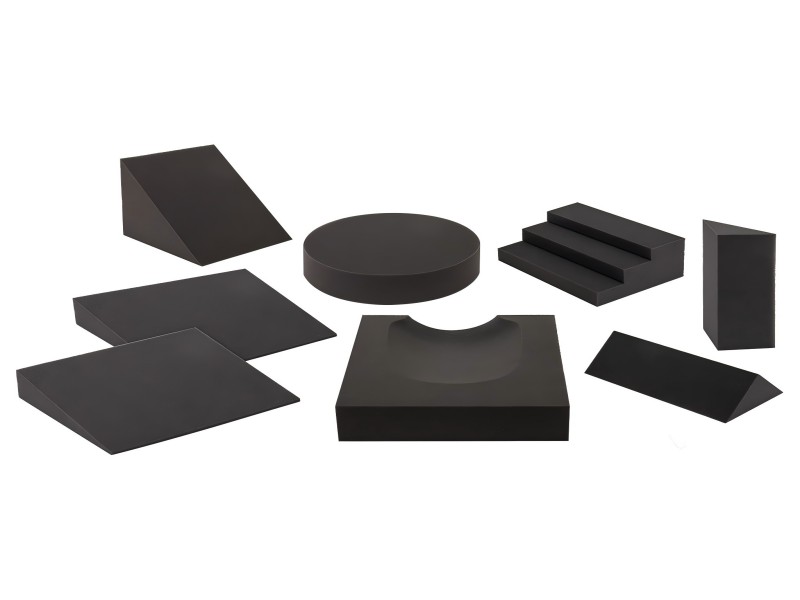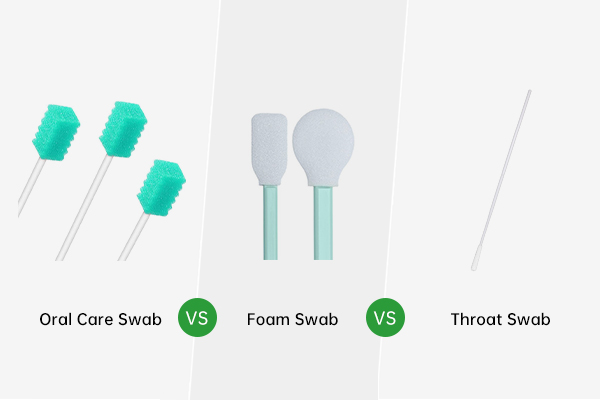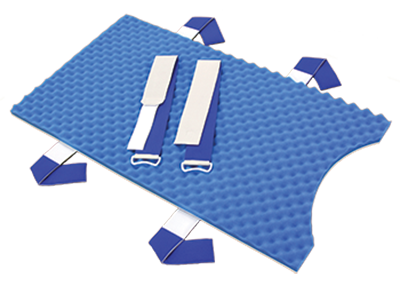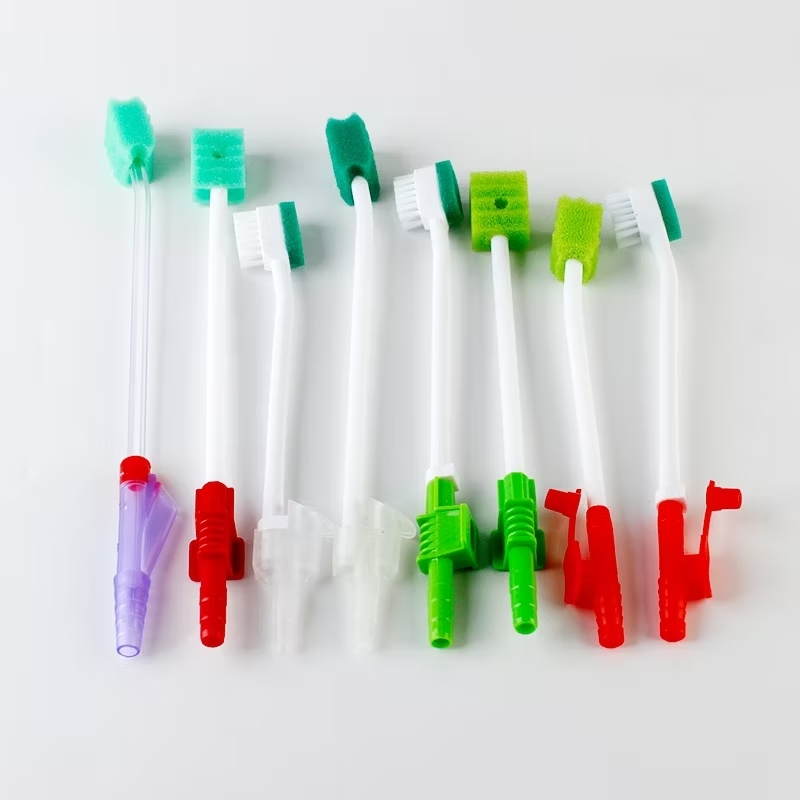End-of-life care, including hospice and palliative care, aims to provide support, dignity, and comfort in a patient’s final days or weeks. The focus is on managing pain and improving quality of life, not curing the illness. Physical positioning plays a vital role in patient comfort, skin health, and well-being, with positioning pads helping to prevent complications like pressure ulcers.
Knowing How Positioning Affects End-of-Life Care
Positioning is essential for comfort and health in patients who are immobile, which is common among those receiving end-of-life care. When a person is bedridden or confined to a chair due to illness, maintaining proper body alignment becomes challenging. Poor positioning can lead to a variety of complications, including discomfort, pain, and skin breakdown, all of which can exacerbate the already overwhelming symptoms of terminal illness. In addition to pain management, preventing pressure sores (also known as pressure ulcers or bedsores) is a critical goal for caregivers, as these wounds can severely affect a patient’s quality of life.
Positioning aids, such as pads, pillows, wedges, and cushions, help alleviate the physical strain caused by prolonged immobility. By providing support and distributing weight evenly, these tools can help improve circulation, reduce friction, and provide a more comfortable and supportive environment for patients in their final stages of life.
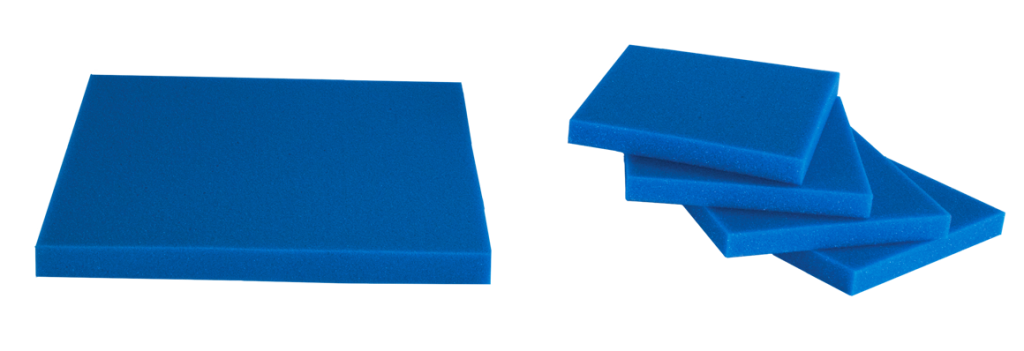
What Are Positioning Pads?
Positioning pads are specially designed cushions or supports made from soft, flexible materials, such as foam or gel, intended to help with the optimal positioning of patients. These pads are often used in combination with other positioning aids, such as wedges or pillows, to adjust the body into a more comfortable, well-supported position. They are especially beneficial in hospice care, where the patient may be bedridden for extended periods of time, and unable to change positions independently.
Positioning pads come in a variety of forms, each intended to meet distinct requirements and tastes:
- Positioning Pads: These are the most common type of positioning pad and are designed to conform to the body’s shape. They help distribute weight evenly across the body to minimize pressure on vulnerable areas.
- Gel Positioning Pads: These pads are filled with a gel material that provides additional cushioning and reduces pressure on sensitive areas, offering relief for patients who are at high risk of developing pressure ulcers.
- Air-filled Positioning Pads: These pads consist of air cells or chambers that can be inflated to different levels, allowing caregivers to customize the level of support for the patient.
- Memory Foam Pads: Similar to foam pads but with the added benefit of memory foam, these pads mold to the body’s contours for enhanced support and comfort.
The purpose of a foam positioner is not only to prevent pressure injuries but also to provide relief from pain, ensure proper posture, and maintain dignity during the dying process. With the appropriate positioning, patients can experience fewer physical limitations and enhanced comfort during their final days.
The Value of Comfort in Palliative and Hospice Care
Comfort is the top priority in hospice and palliative care. These settings prioritize pain relief, emotional support, and ensuring that patients’ physical needs are met with as much ease as possible. Although many patients in these settings experience symptoms such as pain, shortness of breath, and fatigue, positioning is one area where caregivers can provide substantial relief.
Proper positioning can help:
- Alleviate Pain: When patients are positioned correctly, they experience less pressure on bony prominences, reducing the pain associated with pressure sores. It can also relieve muscle stiffness and joint pain by minimizing strain on the body.
- Promote Relaxation: Patients who are unable to move or adjust themselves may experience heightened anxiety or discomfort. Well-placed positioning pads can help the patient feel more at ease by supporting the natural curves of the body and promoting relaxation.
- Maintain Skin Integrity: One of the most significant complications of immobility is pressure ulcers. Pressure sores can be extremely painful and difficult to treat, often leading to infections and a decline in overall health. By reducing pressure on the skin, positioning pads assist avoid ulcers, particularly in sensitive places like the sacrum, heels, and elbows.
- Improve Circulation: Proper placement guarantees unhindered blood flow throughout the body. When patients are positioned poorly, blood flow can be restricted, especially to the extremities, leading to discomfort and potential complications like swelling and blood clots.
- Improve Sleep: Pain and suffering frequently prevent terminally ill individuals from getting a good night’s sleep. Proper positioning can facilitate better sleep by reducing pressure points and ensuring that patients are supported in a way that promotes restfulness.
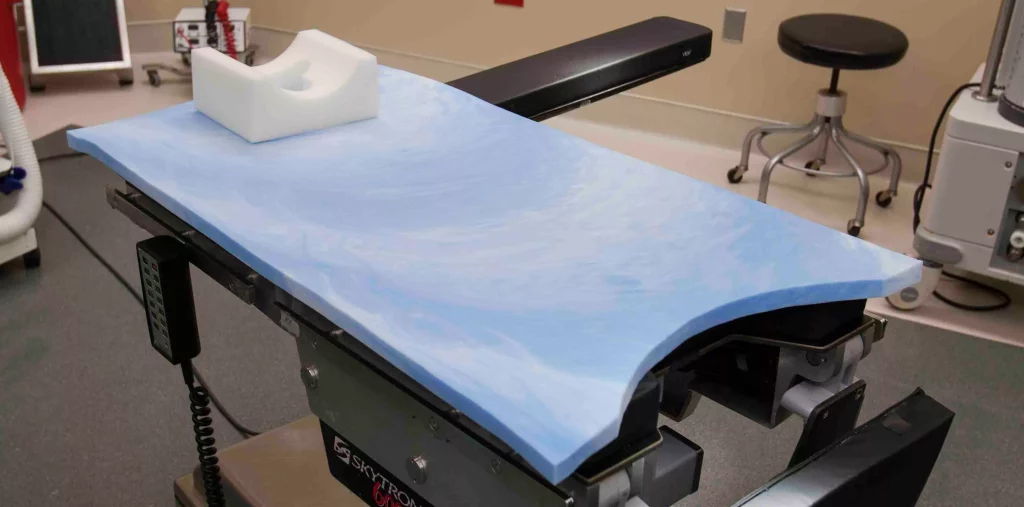
Positioning pads are frequently used in hospice and palliative care.
In hospice and palliative care settings, positioning pads can be used in various ways, depending on the patient’s needs. Some of the most common uses include:
- Prevention of Pressure Ulcers: One of the most significant benefits of positioning pads is their ability to prevent pressure ulcers. By placing pads under specific areas of the body, caregivers can redistribute pressure away from high-risk areas and ensure better circulation. Positioning pads can be an essential preventive tool for patients who are at high risk of developing pressure sores, such as those with limited mobility or those who are bedridden.
- Improving Comfort in Bed: For patients who are confined to their beds, positioning pads help alleviate the discomfort caused by lying in the same position for long periods. By using wedges, pillows, and other forms of support, caregivers can adjust the patient’s body to a more comfortable position, whether that be in a reclined or semi-sitting posture.
- Supporting Breathing: In some cases, terminally ill patients may experience difficulty breathing, particularly in the final stages of life. Positioning pads can help alleviate respiratory distress by raising the upper body or providing support that allows the lungs to expand more freely. Patients suffering from heart failure or chronic obstructive pulmonary disease (COPD) should pay particular attention to this positioning.
- Maintaining Posture: Maintaining a neutral, relaxed posture is crucial in hospice care, as it reduces strain on muscles and joints, which can lead to further discomfort. Positioning pads support the body in a natural alignment, minimizing pain caused by poor posture and helping to enhance a patient’s sense of well-being.
Training Caregivers to Use Positioning Pads Effectively
While positioning pads are an effective tool for improving comfort in hospice and palliative settings, they must be used correctly to achieve their full benefit. Proper training for caregivers, including family members and healthcare professionals, is essential. Key points include:
- Understanding Pressure Points: Caregivers must understand where pressure points are most likely to form (e.g., the sacrum, heels, and shoulders) and how to place positioning pads to reduce the risk of injury.
- Monitoring Skin Health: Regularly checking for signs of skin breakdown is critical. Even with the use of positioning pads, some patients may still develop pressure ulcers if they are not repositioned regularly.
- Adapting Positions to the Patient: Since each patient is unique, what suits one may not suit another. It’s important to adjust the use of positioning pads based on the patient’s individual needs, preferences, and medical condition.
- Repositioning: While positioning pads can support the patient in one position, caregivers should also ensure that the patient is repositioned periodically to avoid the risk of pressure ulcers and other complications.
Conclusion
Positioning pads are essential in hospice and palliative care, enhancing comfort, preventing pressure ulcers, and improving posture. They help alleviate pain and support patients’ dignity during their final stages. Proper use, guided by caregiver training, ensures optimal comfort. Ultimately, positioning pads contribute to a peaceful and comfortable environment for patients in their remaining time.

